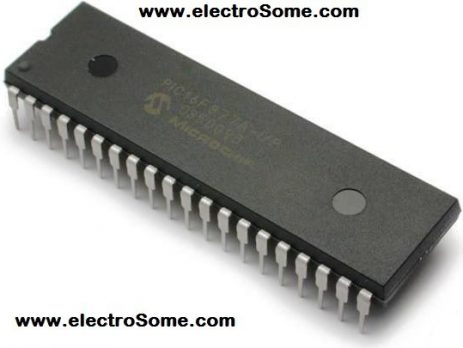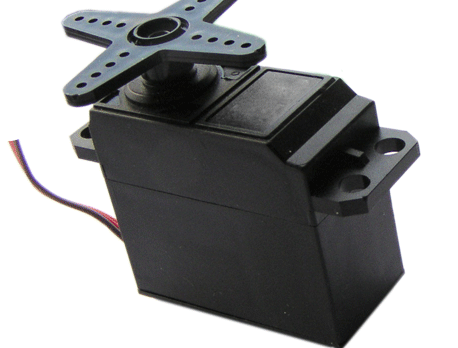Electronics tutorials including microcontroller, microprocessor, programing and circuits. Intended for beginners, electronics hobbyists, college students, professionals and educational purposes.
Expanding Output Pins of a PIC Microcontroller through Multiplexing
Imagine that you want to control 100 LED's with a PIC Microcontroller. No PIC Microcontroller with a DIP package having that many IO lines. This article explains two ways to expand output pins of a Microcontroller through multiplexing. Here we are using Time Division Multiplexing to expand output pins. The first method is by using D-Latch and second method is by using Serial in Parallel Out Shift register. In this tutorial we demonstrate the working by using 64 LEDs. Using D Flip-Flop and Decoder 74574 Octal...





